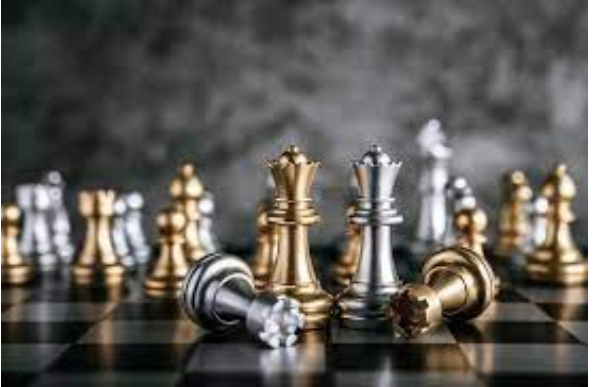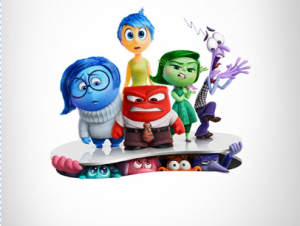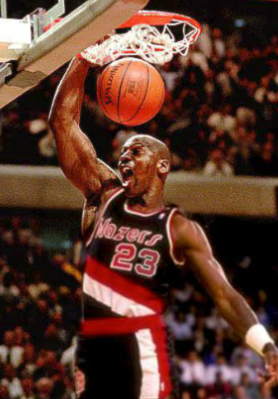Chess: Its History and What It is Now

April 25, 2023
There’s no doubt that chess has exploded in popularity since the end of 2022. From Chess.com’s servers nearly doubling this year to Youtube channels like reaching 3 million subscribers in less than 4 months, chess’s popularity has skyrocketed. But why is that? Part of it is because during COVID, people started learning how to play chess because it’s an easy game to pick up and play. (That doesn’t mean it’s difficult to master, mind you.) But we’ll talk about that later. The bigger question is with more eyes on chess than ever, where and how did chess originate? We’ll dive into that in this article and other aspects of chess.
How to play chess
Chess is played on a chessboard, which has 32 light squares, and 32 dark squares on a grid. There are two sides, white and black, each starting with 16 pieces. Those pieces are eight pawns, two rooks, two knights, two bishops, one queen, and a king. Each piece is worth a specific number of points. Pawns are worth one point and can only move forward one square at a time unless it’s their first move of the game. Then, they can move two squares forward. They can also capture (which means to take a piece’s place on the chessboard) one square diagonally. Bishops are worth 3 points and can move diagonally in any number of squares. Knights are worth 3 points as well and can move in an L shape, meaning 2 squares in one direction and 1 square in another. They are also the only piece that can jump over others when moving. There’s been a debate on whether bishops should be worth more than knights since bishops are long-range pieces while knights are not. Rooks are worth 5 points and can move vertically and horizontally any number of squares. Queens are worth 9 points and are a mix of bishops and rooks, being able to move any number of squares diagonally, horizontally, and vertically. This makes the queen the most powerful piece, but not the most important. The king is the most important, but ironically the weakest piece. He’s a nerfed version of the queen, being able to move in any direction, but only one square at a time. The goal of the game is to capture the king, but you can’t actually capture the king. What do I mean by this? You want to put the king in a position where he cannot move without being captured by another piece, and this is called checkmate. When a piece attacks a king, it’s called a check. And the king cannot move into a position where he would be in check. But be careful with this information. If the king has no safe moves and his other pieces are gone or are immobilized, it’s called a stalemate, or a draw. There’s a lot more to chess than this summary, such as castling, pawn promotion, en passant, and more, and I recommend you use Chess.com’s lessons feature to learn more. But without further ado, let’s start with the history of chess.
The Origins of Chess
A common misconception is that chess originated in England since they had Bishops and a monarchy system. However, it actually began being played in India as a game called Chaturanga, dating back to 600 A.D. to 1000 A.D. It was quite different from the game we know today. Aside from the same rules like check, mate, and capturing, the pieces moved completely differently and even had different names! The pawn was called ‘foot soldier,’ and moved the same way as modern pawns, but it couldn’t move two squares on its first move. The knight was called a horse (which makes much more sense, mind you.) and it moved like a modern day knight. The bishop was called the elephant, and it could move up to two squares diagonally, making it a much shorter-ranged piece. Similarly, the queen was called the ferz, defined in Persian as a male counselor to the king. It could only move one square diagonally. The king was still called king, and moved like a modern-day king. The rook was called a “Chariot” and moved the same way as modern-day rooks. As Chatarunga became more popular, Persians made a trade with a group of Europeans, and they changed it into the game that we know today called chess. Chatarunga was too slow for them, with the ferz being the weakest on the board and the bishop being a short-range piece. It took much longer for a checkmate to occur. As a stopgap between Chatarung and modern chess, a new version of chess was created called Medieval Chess, where players would start with midgame positions. This version of chess would speed up the game substantially, but not enough. At the end of the 15th century, the Europeans made a sudden change to the game of chess. The ferz was changed into a queen for more romantic imagery, the bishop was transformed into a long-range piece, piece names were changed, en passant, castling, and other rules were instated, and chess sped up, becoming the cunning, strategy game it is today. Mistakes would end games in seconds, more intricate checkmates were executed, and it required a lot more thought on the part of the player. Chess spread throughout the world, and it had a large cultural impact on countries like Ukraine, Norway, and India especially.
Chess Figures of the World
As chess grew, powerful chess players came to reign over the game. The FIDE, also known as The International Chess Federation, began to host official chess tournaments to find the best in the world. The structure of these involves passing a certain “Elo rating” in the chess world, and the structure goes from National Master to International Master, Grandmaster, and finally, World Champion. The titles stay with you for life until you get promoted to a new one. There are also the same titles, but for women, as well. the first World Championship in 1866, and the winner of this was Wilhelm Steinitz, who began his “unofficial” reign in 1866, but began to be recognized after the match. He would continue his reign until Emanuel Lasker defeated him in 1894, and continued to hold the title for 27 years, the longest anyone has ever held the title! Many people have taken over the title since then, but some of the most influential world champions include Bobby Fischer, Garry Kasparov, Anatoly Karpov, Vladimir Kramnik, and the recently stepped-down Magnus Carlsen. But thanks to the popularity of chess through social media, other chess players have come to the spotlight. This includes Grandmaster Hikaru Nakamura, International Master Levy Rozman, Woman Grandmaster Alexandra Botez, and more.
How Did Chess Become so Popular?
Chess.com, the most popular chess website, has gained over 102 million users since January 2020, which is nuts! It even recorded its highest number of active users on the 20th, with that being 10 million users. But how did this happen? Well, as stated above, people turned to chess during the pandemic more because it gave them something to do with other people (from a safe distance, of course) and people used niche chess apps for the time being. In addition, the Netflix series The Queen’s Gambit became a popular show to watch. But when Chess.com became more mainstream through streamers and content creators like GothamChess and Hikaru, everyone hopped on the chess bandwagon. For a time, Chess.com’s servers were so overloaded that you couldn’t play the game properly at times! It’s insane. But this is a blessing in disguise, as Chess.com will continue to update its servers and finally, they can hold all the necessary users on the website. And I look forward to this. I’ve been playing chess since 2018, and I haven’t really had the spark to return to it until recently. I am glad to see chess return to the world in a beautiful flourish. Do you play chess? If you’d like to, you should keep an eye out for the morning announcements about the chess club!














